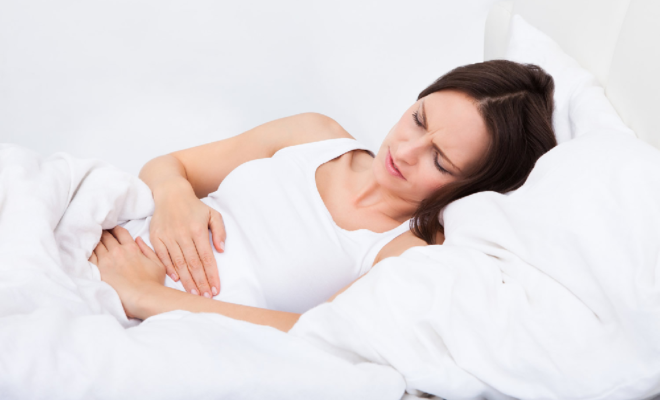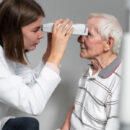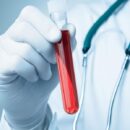What is varicorrhagia and Causes of varicorrhagia or why does it occur?

Varicose veins appear as the dilation of one of the veins in the leg, generating those maps of purple veins. This disease is caused by the inability of this blood vessel to return blood from this member to the heart, accumulating in large quantities and hindering blood flow.
That is why varicose veins present symptoms such as swelling, pain, discomfort, fatigue, hardening, and even changes in skin pigmentation.
Although varicose veins are considered a completely treatable condition, it cannot be denied that certain conditions can arise when they are not treated correctly or at the right time. These complications can be superficial thrombophlebitis, edema or varicose veins, or rupture of a varicose vein.
What is Varicorragia?
A varicose vein or rupture of a varicose vein, as its name indicates, occurs when bleeding or hemorrhage occurs in a varicose vein or in a varicose vein, which tends to be abundant but not fatal. The direct cause by which this condition can occur can vary quickly, and this is because it can occur due to trauma, injuries, and even after a simple brush with a hard surface.
However, it is essential to clarify that varicose veins can also occur spontaneously if there is a significant increase in the pressure of the vein. This is how this rupture can occur at any time of the day when the most critical problems can arise in the middle of the night.
Now, understanding how varicose veins or ruptured varicose veins appear, the next step should be to know how to avoid them. For example, the prevention of varicose vein ruptures should focus mainly on preventing the appearance of varicose veins, which can be hard work and sometimes almost impossible.
That is why, if these appear, it is vital to offer them timely treatment and maintenance, since in this way, not only varicose veins are avoided, but also other complications related to varicose veins.
How to prevent varicose veins or rupture of a varicose vein?
The studies on verifying the origin of varicose veins have not been adequate. This is because many factors are considered to have an essential role in the abnormal accumulation.
This is precisely the reason why, for the prevention of varicose veins, the role of risk factors must be reduced, that is why it is essential to avoid a sedentary life, avoid standing for long periods, eat healthy to reduce the possibility of generating high levels of cholesterol in the blood and constantly exercising to strengthen the blood valves and vein walls.
Despite this, it is impossible to deny that a hereditary factor can increase the possibility of the appearance of varicose veins by 97%.
In addition to the above, in the specific case of varicose veins or rupture of a varicose vein, one of the main concerns considered is the weakness of the blood valves and the venous walls because these can facilitate the break of the varicose vein.
What to do if a varicose vein hemorrhage occurs?
Varicorrhage or rupture of a varicose vein does not pose a real and imminent danger to the person because usually, the blood, despite being able to flow freely from the wound, can be stopped and treated.
In the case of suffering this rupture, it is essential to remain calm because, even though it is considered disastrous, quick actions must be taken to prevent its spread and stop the bleeding.
That is why the recommendation is to raise the affected leg to reduce blood flow and stop the bleeding. You can even choose to use a finger or gauze to cover the hole without exerting much pressure.
This must be maintained for a period that tends to hover between 5 and 6 minutes while the coagulation mechanisms are activated and effectively stop the bleeding.
When the bleeding stops, you should put a bandage on the wound and see a doctor as soon as possible because not only do you have to find out how to fight this, but you may also need stitches.
The only aspect that many specialists desist from recommending is making a tourniquet or some compression bandage to contain the bleeding since this can further raise the blood pressure and contribute to the maintenance and increase of bleeding.















